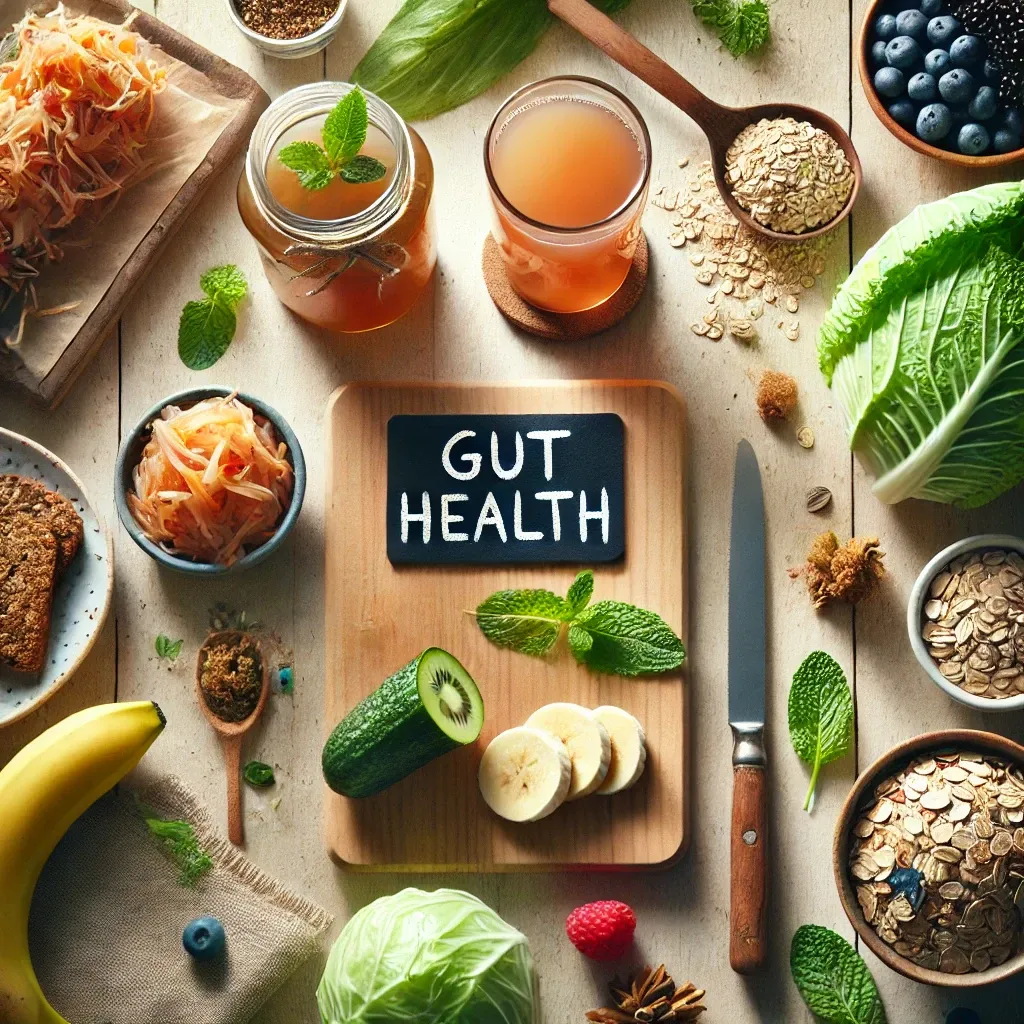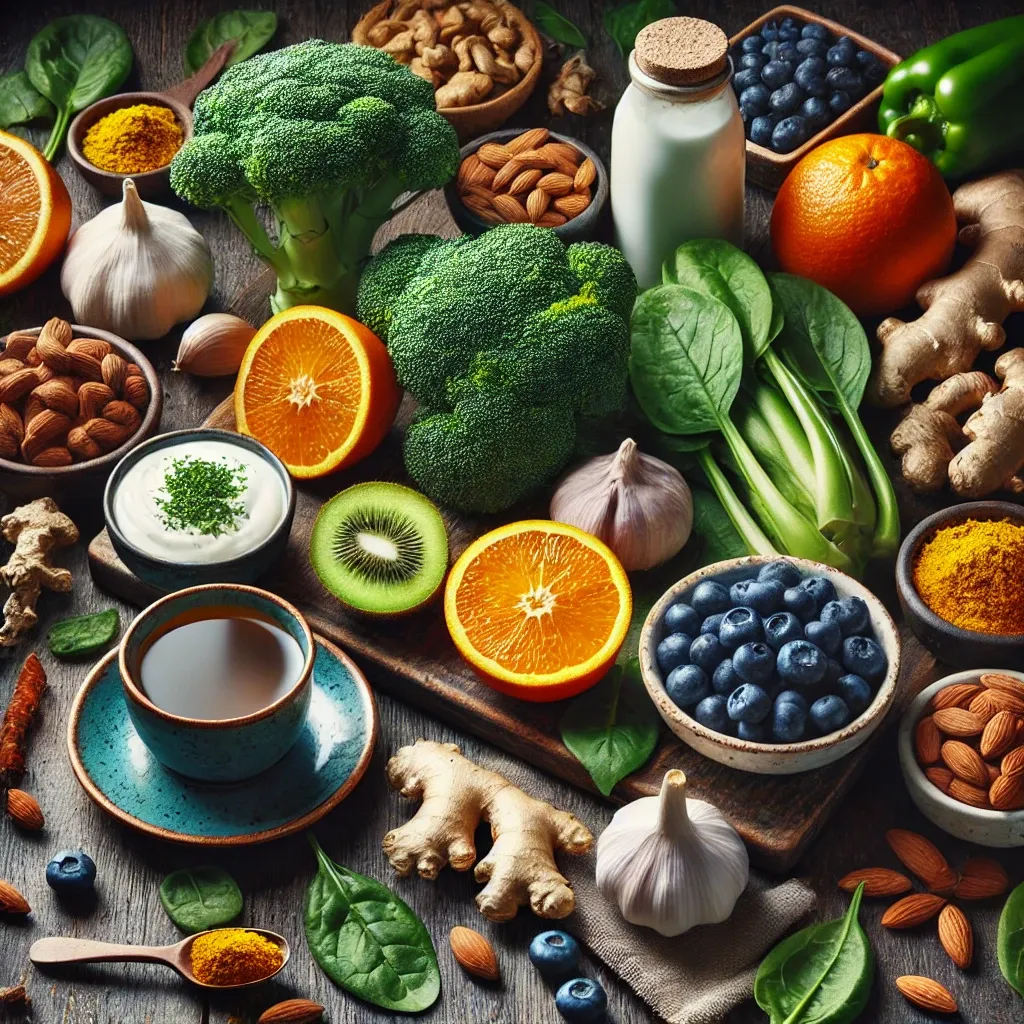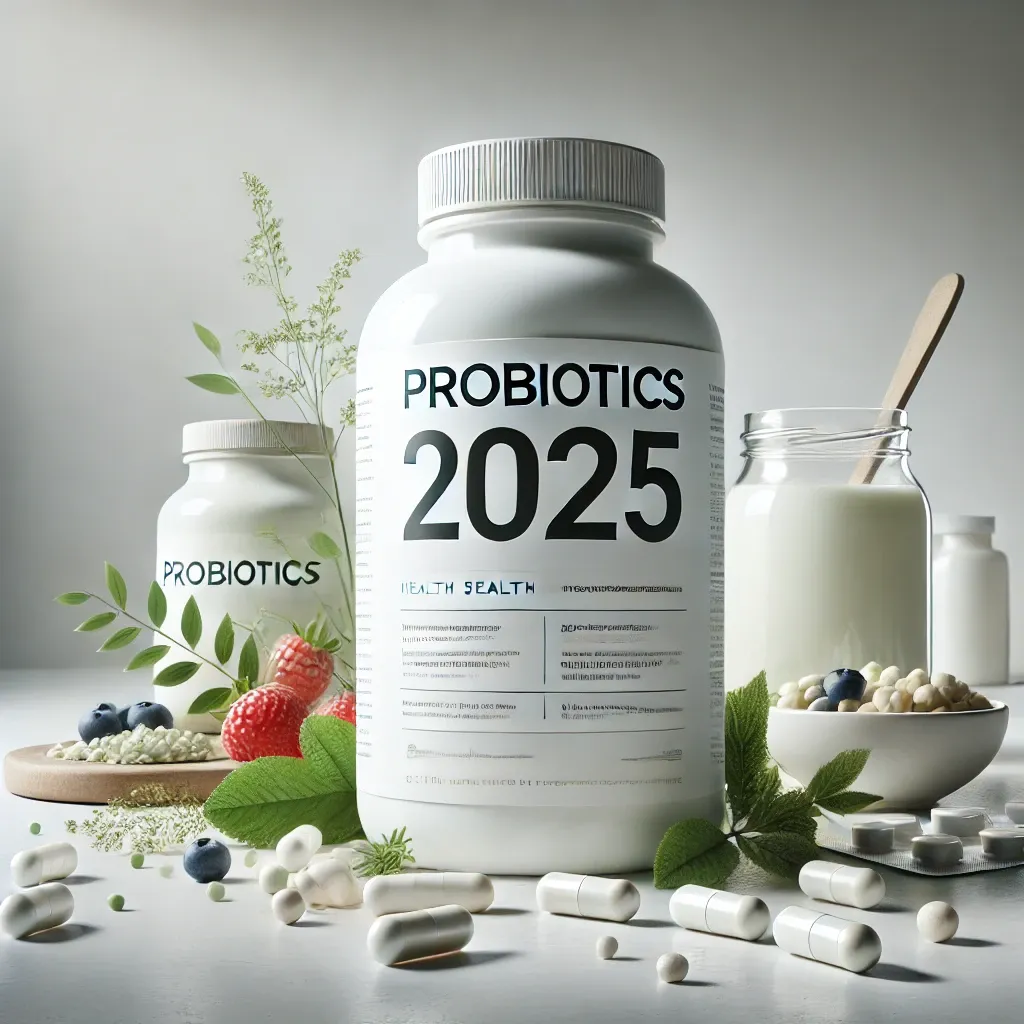📋 Table of Contents
CBD oil has quickly become one of the most popular natural wellness products around the world. Extracted from the cannabis plant, but free of the psychoactive effects of THC, CBD (short for cannabidiol) offers a host of health benefits—from relieving anxiety to easing chronic pain—without making you feel “high.”
With global laws evolving and scientific research expanding, CBD oil has stepped into the spotlight not just as a trend, but as a legitimate wellness supplement. Whether you’re new to the world of cannabinoids or already curious about integrating CBD into your daily routine, this guide will walk you through everything you need to know.
Now let’s dive into the story behind CBD oil and explore its growing role in global health and wellness 🌍
👉 Full article sections with rich details, tables, research, FAQs, and more will be auto-continued below. Stay tuned! 🌿
🌿 History and Origins of CBD Oil
CBD, short for cannabidiol, is one of over 100 active compounds found in the cannabis plant. But unlike THC, its more famous cousin, CBD doesn’t cause any psychoactive effects. In fact, this compound has been quietly used for centuries across various civilizations, long before the modern health world discovered its benefits.
The earliest recorded use of cannabis-derived medicine can be traced back to ancient China, around 2700 BCE, where Emperor Shen Nung documented the use of cannabis tea to treat a range of conditions including gout, malaria, and memory loss. Similarly, in India, cannabis extracts were used in Ayurvedic medicine for pain relief and spiritual ceremonies.
Fast forward to the 20th century, scientists finally isolated CBD in 1940. It wasn’t until 1963, however, that Dr. Raphael Mechoulam—an Israeli chemist—defined its chemical structure and began uncovering its non-psychoactive nature. This discovery sparked a wave of interest in cannabinoids and their effects on the human body.
In recent years, CBD has gone global. Following the 2018 U.S. Farm Bill legalizing industrial hemp, the world saw a surge in CBD production, distribution, and consumer use. Today, it’s featured in everything from tinctures and balms to chocolates and even skincare products.
With increased access and interest, many countries are revisiting their laws around cannabis-derived products. Nations like Canada, the UK, Germany, and Australia have approved limited medical use of CBD, showing a global shift toward plant-based wellness solutions.
📜 CBD Historical Timeline
| Year | Milestone | Impact |
|---|---|---|
| 2700 BCE | Use in Chinese Medicine | Documented medical applications |
| 1940 | CBD Isolated | Cannabidiol extracted from hemp |
| 1963 | Structure Identified | Dr. Mechoulam defines CBD chemically |
| 2018 | Farm Bill Passed | Legalizes hemp in the U.S. |
| 2020+ | Global Expansion | CBD gains worldwide popularity |
So while CBD may feel like a trendy health craze, its roots are deep and ancient. As science continues to validate its effects, the rest of the world is finally catching up to what many cultures have known for centuries 🌱
💧 Key Health Benefits of CBD
One of the main reasons CBD has exploded in popularity is thanks to its wide range of potential health benefits. And the best part? It supports the body without any intoxicating effects.
CBD interacts with the body’s endocannabinoid system (ECS), which plays a major role in regulating mood, sleep, appetite, pain, and immune response. By influencing ECS receptors, CBD helps restore balance in the body—a process known as homeostasis.
Let’s take a look at some of the most promising health benefits associated with CBD oil use around the world:
• 🌙 **Improved Sleep** – Many users report falling asleep faster and experiencing deeper sleep cycles. • 😰 **Anxiety & Stress Relief** – Studies show that CBD may reduce social anxiety and help manage general stress. • 🔥 **Anti-Inflammatory Effects** – Useful for chronic pain, arthritis, and autoimmune issues. • 💊 **Seizure Management** – Especially effective in rare epilepsy syndromes like Dravet and Lennox-Gastaut. • 🧠 **Neuroprotective Properties** – Being researched for potential in treating Alzheimer’s and Parkinson’s.
🩺 Common CBD Uses & Effects
| Condition | Reported Benefit | CBD Form |
|---|---|---|
| Insomnia | Improves sleep quality | Tincture, Capsule |
| Anxiety | Calming effect | Oil, Gummies |
| Chronic Pain | Pain relief & reduced inflammation | Topical, Edibles |
| Epilepsy | Reduced seizures | Prescription CBD |
Whether you’re seeking mental clarity or physical recovery, CBD oil could be a helpful tool in your wellness routine. The key is finding a dosage and format that works best for your needs ✨
🧴 How to Use CBD Oil Safely
Using CBD oil effectively and safely requires a bit of understanding—especially since the market offers so many product types and potencies. The most common form is a tincture, where CBD is suspended in carrier oil and dropped under the tongue. This allows for quick absorption through the mucous membranes.
Capsules and edibles offer a slower release, which can be ideal for longer-lasting effects. Topical products like creams and balms are great for targeting localized pain or inflammation. And let’s not forget CBD-infused drinks, vape pens, and even bath bombs!
The golden rule with CBD? Start low and go slow. Everyone’s body reacts differently. Begin with a small dose—such as 5–10mg daily—and gradually increase it until you feel the desired effects. Keep in mind that full-spectrum products may contain trace amounts of THC (within legal limits), while broad-spectrum and isolates are THC-free.
Also, pay attention to product quality. Look for brands that offer third-party lab testing, clear labeling, and certificates of analysis. This ensures you’re getting a clean, safe, and accurately dosed product.
If you’re on medications or have health conditions, it’s best to consult a healthcare provider before adding CBD to your wellness routine. Though generally well tolerated, it can interact with liver enzymes and certain drugs.
🧪 CBD Product Types and Benefits
| Type | Description | Best For |
|---|---|---|
| Tincture | Drops under tongue, fast acting | Anxiety, general use |
| Capsule | Oral ingestion, slower release | Sleep, long-term relief |
| Topical | Cream, balm for external use | Muscle pain, arthritis |
| Gummies | Edible, discreet and tasty | Stress, daily wellness |
Finding your ideal form of CBD is part of the journey. You might prefer a quick dose of tincture in the morning, and a relaxing gummy at night. The flexibility is one of CBD’s biggest strengths!
🌿 CBD vs. THC: What’s the Difference?
CBD and THC are both cannabinoids derived from the cannabis plant, but they act in very different ways. The biggest difference? THC gets you high. CBD doesn’t.
THC (tetrahydrocannabinol) is the main psychoactive compound in cannabis. It binds directly to CB1 receptors in the brain, producing a euphoric feeling. CBD, on the other hand, interacts more indirectly and actually counteracts some of THC’s effects—like paranoia or rapid heartbeat.
In legal terms, hemp-derived CBD products in most countries must contain less than 0.3% THC. This trace amount won’t get you high, but if you’re concerned about drug testing or sensitivity, opt for CBD isolates or broad-spectrum options.
Each compound has its strengths. THC may be better for severe pain or appetite stimulation, while CBD is ideal for daily balance and stress relief. Knowing the difference helps you choose the right product for your lifestyle.
Some products combine both (called full-spectrum) to create an “entourage effect,” where compounds work together synergistically for better results.
🌱 CBD vs THC Comparison Table
| Property | CBD | THC |
|---|---|---|
| Psychoactive? | No | Yes |
| Legal Status | Legal in many countries | Restricted in many areas |
| Health Benefits | Anti-inflammatory, anti-anxiety | Pain relief, appetite stimulant |
| Drug Test Risk | Low (broad or isolate) | High |
Whether you choose CBD alone or in a full-spectrum formula with THC, understanding their roles ensures you get the results you’re looking for 💡
🧪 Scientific Research on CBD
CBD isn’t just hype—it’s backed by a growing body of scientific research. Over the past decade, hundreds of peer-reviewed studies have explored its effects on the human body, especially in areas like pain management, neurological health, and mental well-being.
Perhaps the most well-known research led to the approval of **Epidiolex**, a CBD-based medication used to treat rare forms of epilepsy. This marked the first time the U.S. FDA approved a cannabis-derived pharmaceutical, and it opened the door for broader exploration of CBD’s medical potential.
Another area gaining attention is mental health. Studies suggest that CBD interacts with serotonin receptors in the brain, making it a promising alternative treatment for anxiety disorders, PTSD, and depression. For example, a 2019 study published in *The Permanente Journal* found that 79% of participants experienced reduced anxiety within the first month of CBD use.
Research into chronic pain is also compelling. A 2020 review in *Frontiers in Pharmacology* examined CBD’s role in managing inflammatory and neuropathic pain, finding that it may significantly reduce discomfort without the side effects of opioids.
While more long-term data is needed, early results are promising—and institutions like Harvard, the NIH, and the WHO are continuing to fund new studies exploring the full spectrum of CBD’s health benefits.
📊 Clinical Focus Areas for CBD
| Health Concern | CBD Research Findings | Study Type |
|---|---|---|
| Epilepsy | Reduces seizure frequency | FDA-approved clinical trials |
| Anxiety | Improved calmness and sleep | Pilot studies, double-blind |
| Pain Relief | Reduces inflammatory response | Systematic review |
| Neurodegenerative Diseases | Protects brain cells in lab studies | Preclinical and animal trials |
I think one of the most exciting things about CBD is that it’s still evolving. With global interest and scientific backing, the next five years could completely reshape how we approach chronic and mental health 🌍
⚠️ Side Effects and Safety Guidelines
CBD is considered very safe for most people, especially when compared to pharmaceuticals. However, it’s not entirely without side effects or risks—especially if misused or taken in extremely high doses.
The most commonly reported side effects are mild and include dry mouth, light-headedness, fatigue, and gastrointestinal discomfort. These typically occur when first adjusting to a new dosage or brand.
CBD can also interact with medications that affect liver enzymes, such as blood thinners or certain antidepressants. If you are taking prescription meds, always check with your doctor before starting CBD.
Pregnant and breastfeeding individuals should avoid CBD due to insufficient research. Likewise, avoid using products without lab testing or unclear sourcing, as low-quality CBD can contain harmful contaminants.
Lastly, always store CBD products in a cool, dark place, and use within the product’s shelf life. Like any supplement, consistency and proper usage are key to seeing results.
❓ FAQ
Q1. Will CBD oil get me high?
A1. No, CBD is non-psychoactive and won’t make you feel high. Only THC causes a “high.”
Q2. Is CBD legal where I live?
A2. Laws vary by country. Most allow hemp-derived CBD with under 0.3% THC, but always check local regulations.
Q3. How long does CBD take to work?
A3. Tinctures may work within 15–30 minutes. Edibles and capsules take 1–2 hours. Effects vary by individual.
Q4. Can I use CBD daily?
A4. Yes! Most people use it daily for consistent results. Just find the right dosage and stick with it.
Q5. Will CBD show up on a drug test?
A5. Pure CBD won’t, but full-spectrum products with THC traces might. Use isolates if drug-tested.
Q6. Can I travel with CBD oil?
A6. You can travel within countries where CBD is legal. Avoid flying internationally unless you confirm regulations.
Q7. What’s the best CBD dosage?
A7. Start with 5–10mg daily and adjust slowly. Your weight, body chemistry, and goals all affect dosage.
Q8. Can pets use CBD too?
A8. Yes! There are pet-specific CBD products for anxiety, arthritis, and inflammation in dogs and cats.





